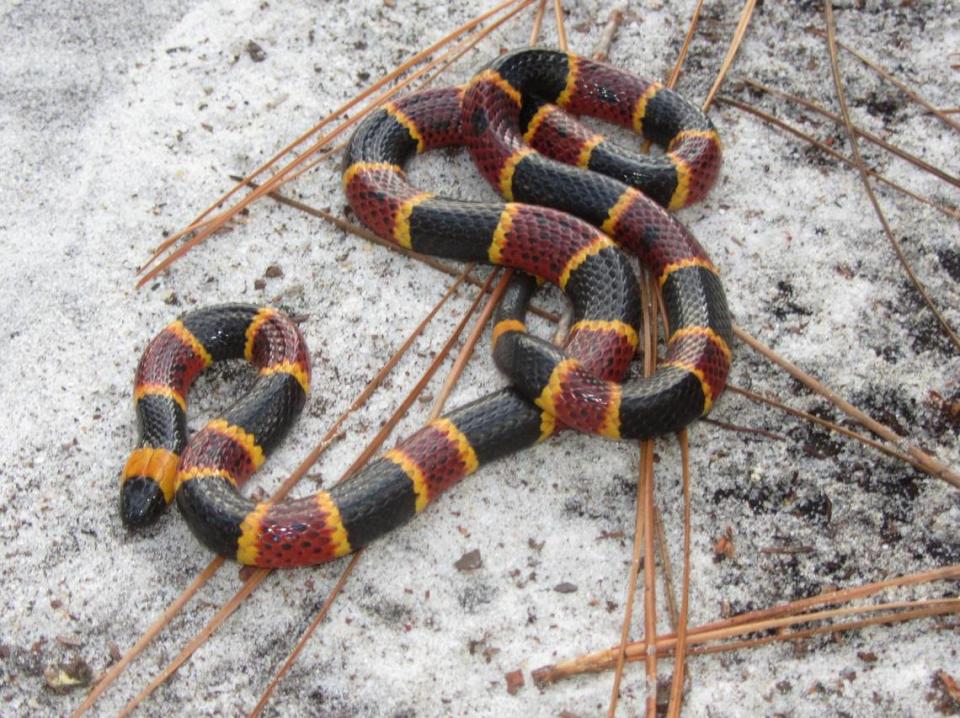Watch where you step! Here are the 3 most venomous snakes to avoid in SC
South Carolina is full of all manner of dangerous critters. Of these, slithering serpents top the list.
Venomous snakes can be found throughout the Palmetto State along country roads, nature trails and even in your own backyard. Some of them may even make their way indoors.
Here are some of the most venomous snakes that can be found throughout the state.
Cottonmouth
Cottonmouths are venomous, semi-aquatic snakes, also known as “water moccasins.” They have large, triangular heads and wide jowls due to their venom-filled glands. These snakes are large and typically range 24 - 48 inches in length, according to the University of Georgia’s Savannah River Ecology Laboratory.
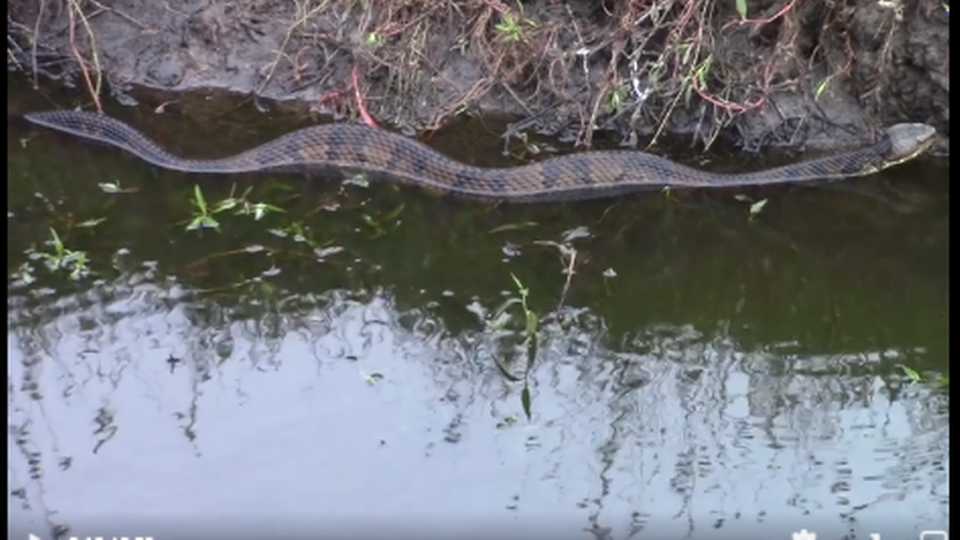
These pit vipers are strong swimmers generally found in or close to a body of water, which is where their prey resides. More mature snakes appear to be darker in color as their distinctive markings fade. Cottonmouth heads will be considerably thicker than their necks and have thick, short tails.
Eastern Diamondback Rattlesnake
The Eastern Diamondback Rattlesnake is the largest venomous snake in North America. Some of these snakes can even reach up to 8 feet in length. A bite from this rattlesnake is extremely painful and can be fatal if not treated quickly with the proper antivenom.
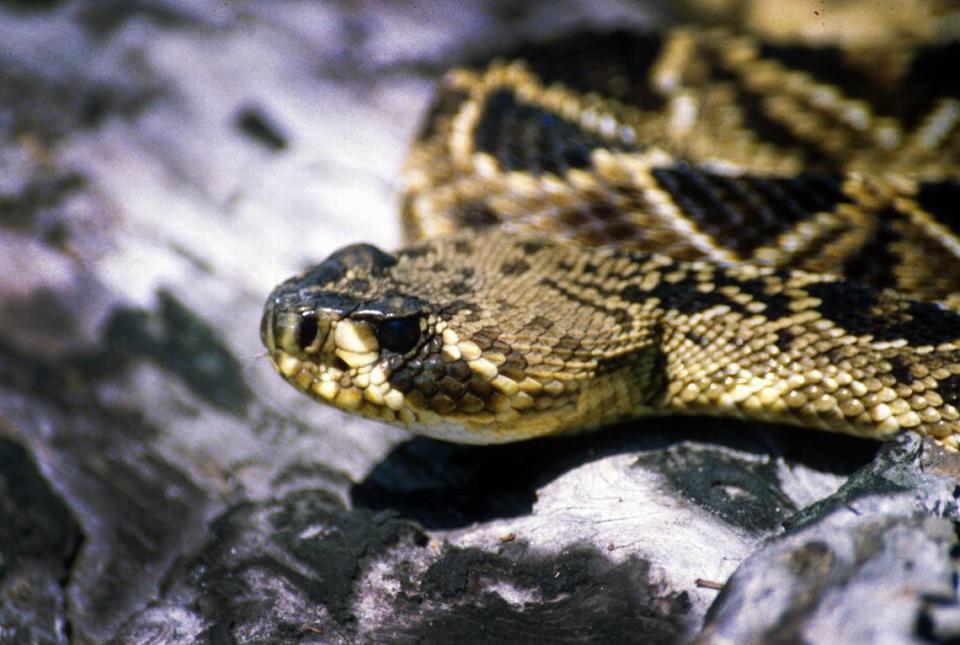
“Eastern diamondback rattlesnakes are well known for their rattle and painful, venomous bite, which can be fatal to humans. The toxin in their venom, called hemotoxin, kills red blood cells and causes tissue damage. That said, human deaths from rattlesnake bites are rare, because the antivenom is available throughout its range,” according to the Smithsonian’s National Zoo and Conservation Biology Institute.
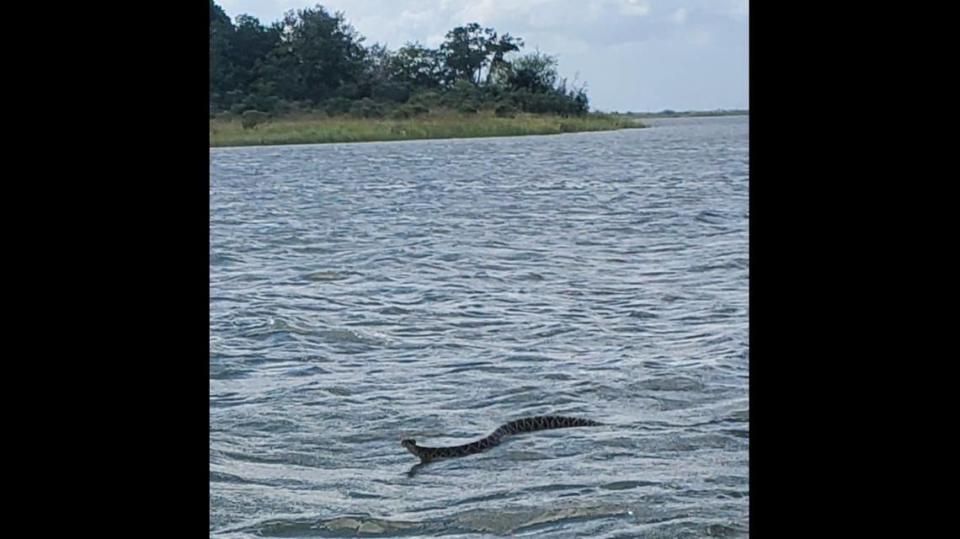
Southern Copperhead
The Copperhead is the Palmetto State’s most common venomous snake. They can be widely found throughout the state and can reach a length of 4 feet. Watching where you step is most important when dealing with these snakes in South Carolina, as they tend to blend in with their surroundings, usually in nearby pine straw and other forested or rocky areas.
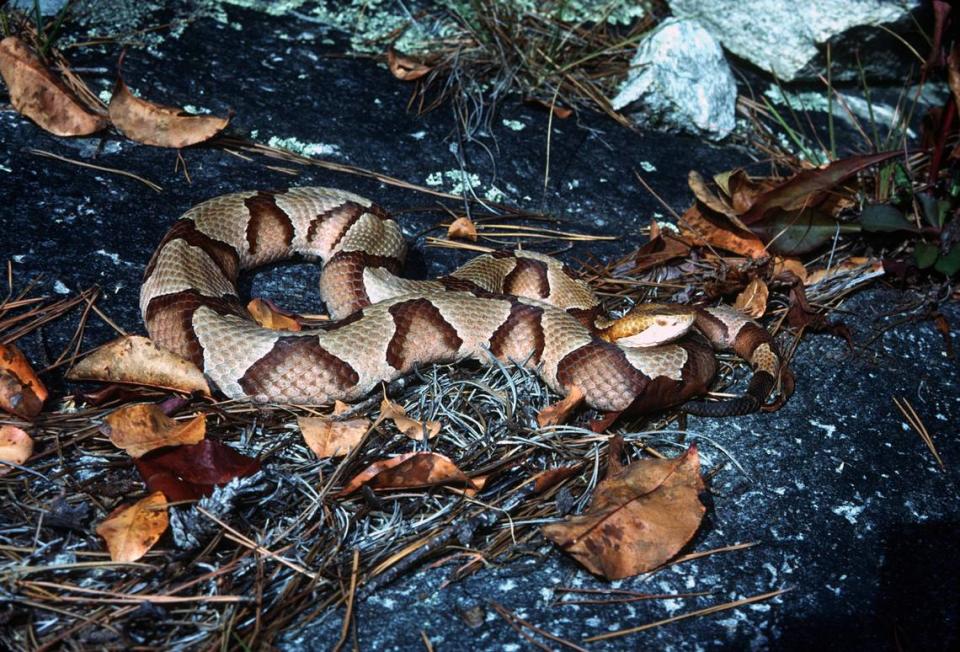
They generally behave nocturnally during the warmer, summer months, but are more active during the daytime hours throughout the spring and fall as these are their courting and mating seasons. Females can birth up to 20 live young during the late summer or early fall, according to the North Carolina Wildlife Resources Commission.
Other venomous snakes in South Carolina include the Coral Snake, Pigmy Rattlesnake and Timber Rattlesnake.
